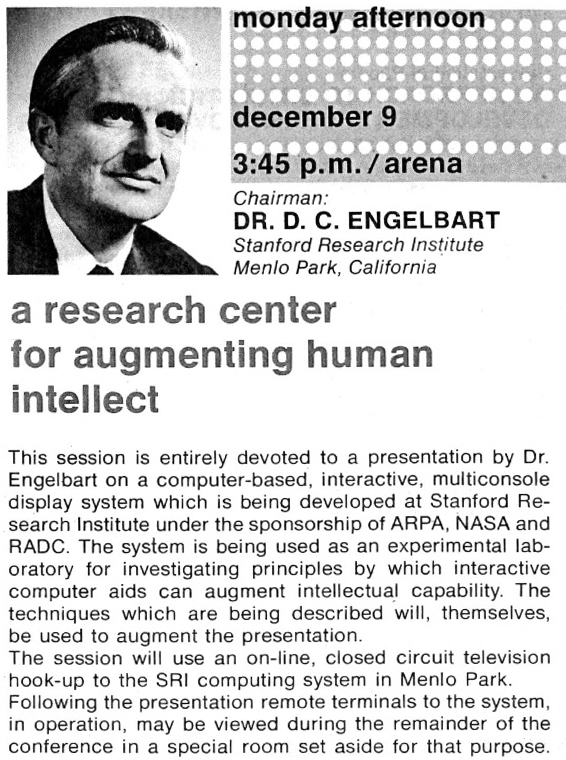As the nascent VR industry gears up for The Year of VR, the press and pundits are wrestling with how things will break out. There are several Head Mounted Display manufacturerers that will release their first products early this year, and they are initially positioning them as extensions of the established games market. The idea is that manufacturers need new content for people to play on their boxes, and game studios need new gizmos in which to establish markets for their content. The Oculus will initially ship with a traditional game controller. The Vive will provide hand sensor wands that allow finer manipulation. They’re both thinking in terms of studio-produced games.
The studio/manufactuer model is well-understand and huge — bigger than the motion picture industry. The pundits are applying that framework as they wonder about the chicken-and-egg problem of content and market both requiring each other to come first. Most discussion takes for granted a belief that the hardware product market enables and requires a studio to invest in lengthy development of story, art, and behavior, followed by release and sale to individuals.
But I wonder how quickly we will move beyond the studio/manufacturer model.
I’m imagining a makers’ mash-up in which people spontaneously create their own games all the time…
- a place where people could wield their Minecraft hammers in one hand, and their Fruit Ninja swords in the other.
- a place that would allow people to teleport from sandbox to sandbox, and bring items and behaviors from one to another.
- a place where people make memories by interacting with the amazing people they meet.
I think there’s good reason to believe this will happen as soon as the technology will enable it.
Second Life is an existence proof that this can work. Launched more than a dozen years ago, its roughly 1M montlhy users have generated several billion dollars of user-created virtual goods. I think SL’s growth is maxed out on its ancient architecture, but how long will it take any one of the VR hardware/game economies to reach that scale?
Ronald Coase’s Nobel-prize-winning work on the economics of the firm says, loosely, that companies form and grow when growing reduces their transaction costs. If people can freely combine costume, set, props, music, and behaviors, and are happy with the result, the economic driver for the studio system disappears.
I think the mash-up market will explode when people can easily and inexpensively create items that they can offer for free or for reputation. We’ve seen this with the early Internet, Web, and mobile content, and offline from Freecycle to Burning Man.
High Fidelity’s technical foundation is pretty close to making this happen at a self-sustaining scale. There are many design choices that tend to promote or restrict this, and I’ve described some in the “Interdimensional conflicts” section at the end of “Where We Fit”. Some of the key architectural aspects for a makers’ mash-up are multi-user, fine-manipulation, automatic full body animation, scriptable objects that can interact with a set of common physics for all objects, teleporting to new places with the same avatar and objects, and scalability that can respond to unplanned loads.




